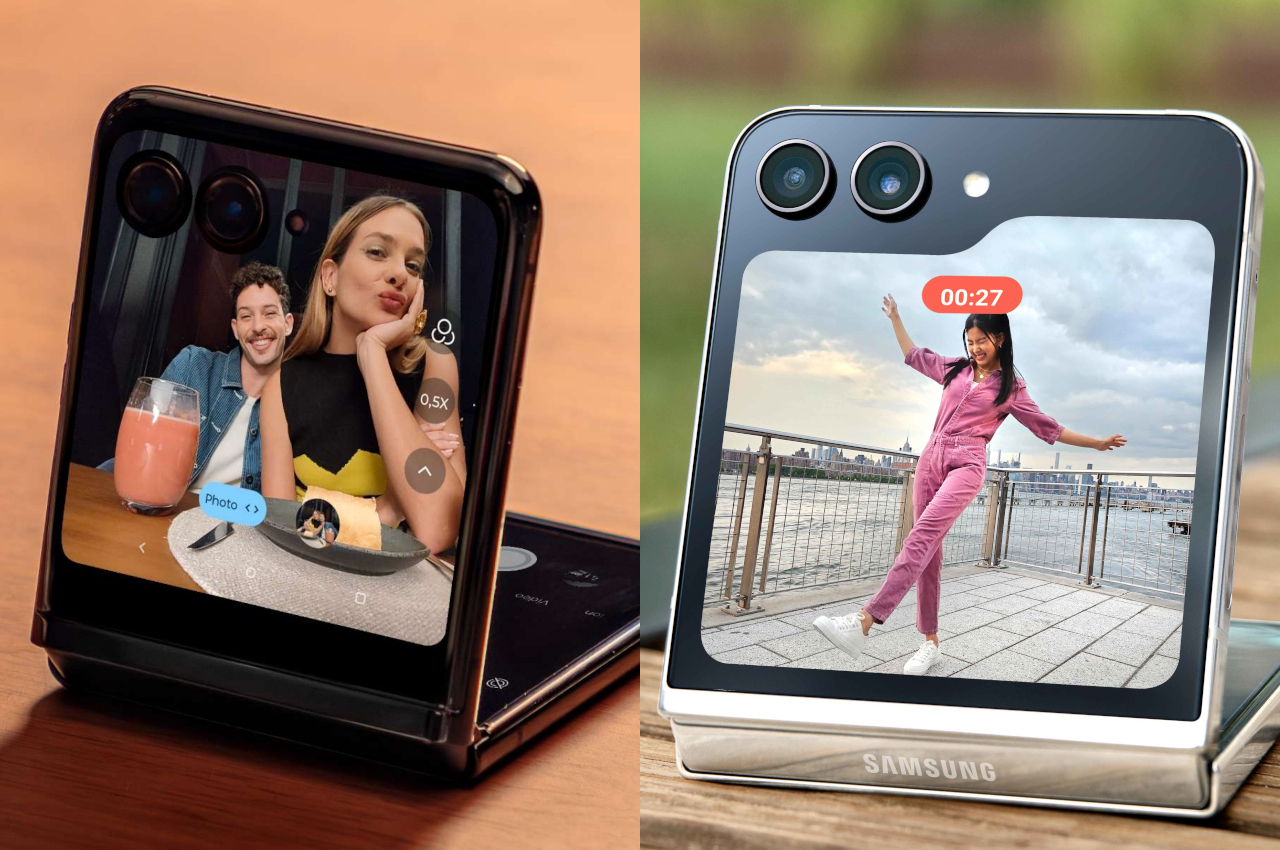
Foldable phones are seemingly becoming more common, at least if you ask the major phone manufacturers. Almost all of them have one form of foldable device or another by now, trying to push the idea of these form-changing devices into mainstream consciousness. Although there’s still plenty of debate on the practicality of the larger and more expansive foldables, it seems that the smaller “clamshell” types may have already found a captive audience, or at least a more concrete demographic. These “flip” style phones seem to be squarely aimed at a younger market, around Gen Z-ish ages, with an emphasis on self-expression, selfies, and style. Of the handful of clamshell foldables, the Motorola Razr+ (2023) and the newly announced Samsung Galaxy Z Flip 5 seem to be taking the lead, but which of these brands is actually ahead of the race? We put the two side-by-side to find out.
What is the Motorola Razr+ (2023)?
Of these two foldable phones, the Motorola Razr+ (2023), also known as the Motorola Razr 40 Ultra, had a head start, but only by a month. At the time of its announcement, it was largely hailed as the poster child for a good small foldable, particularly because its external display practically covered all of the top half of the phone’s rear. This meant more space for content, not to mention less cramped interfaces for regular Android apps. Although some of the hardware looked last-gen on paper, the overall package still seemed acceptable, especially when you consider the price tag.
For a time, it seemed that Motorola is giving Samsung a run for its money, at least with this singular device, and that the Korean tech giant would need a lot of work to reclaim its crown. Its next foldable phones looked more evolutionary than revolutionary, making some wonder if ol’ Sammy has lost its touch or is letting its competitors leave it in the dust. Things seemed to be looking up for Motorola, one of the world’s oldest mobile brands, with the Razr brand poised to regain its iconic fame. And then the Galaxy Z Flip 5 finally arrived.
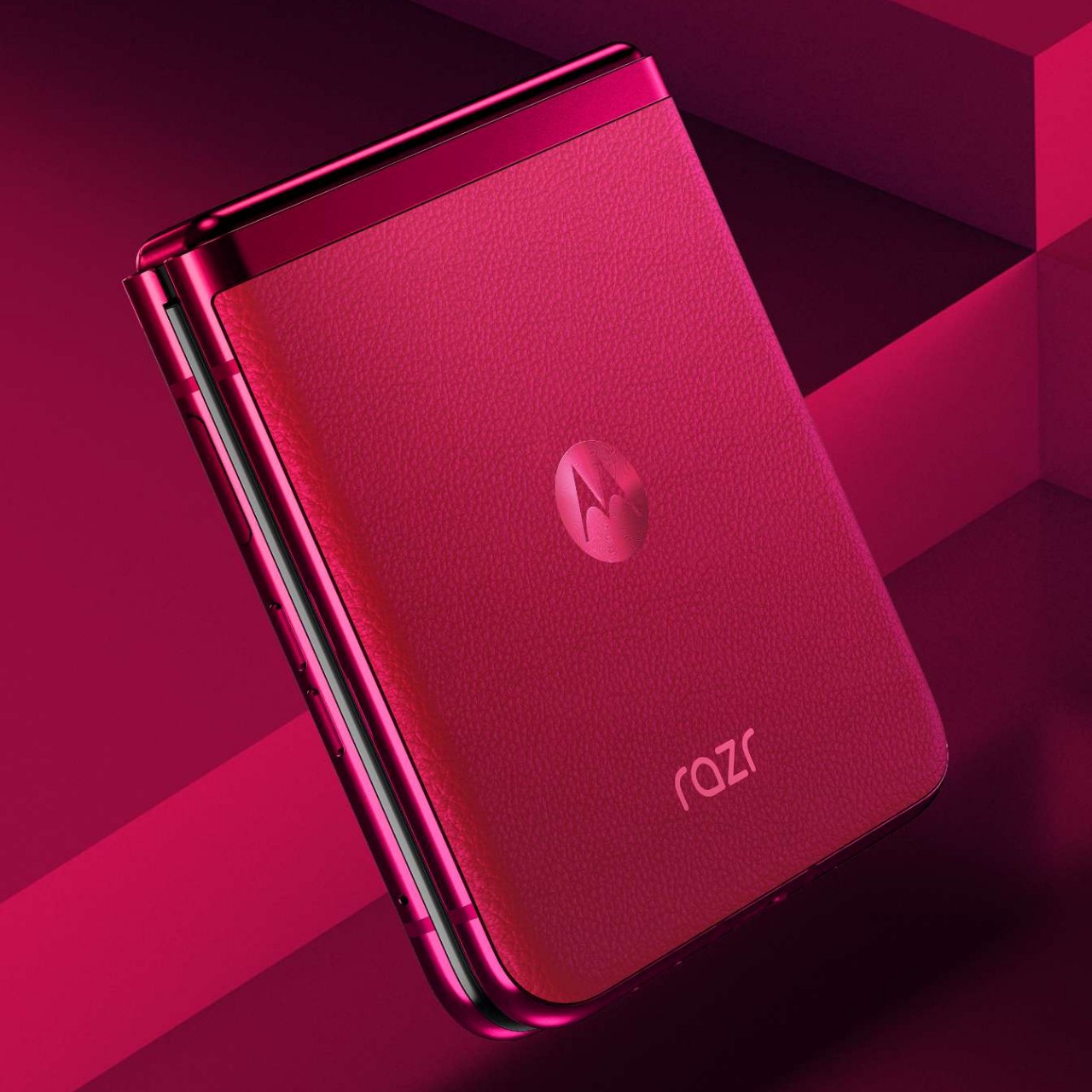
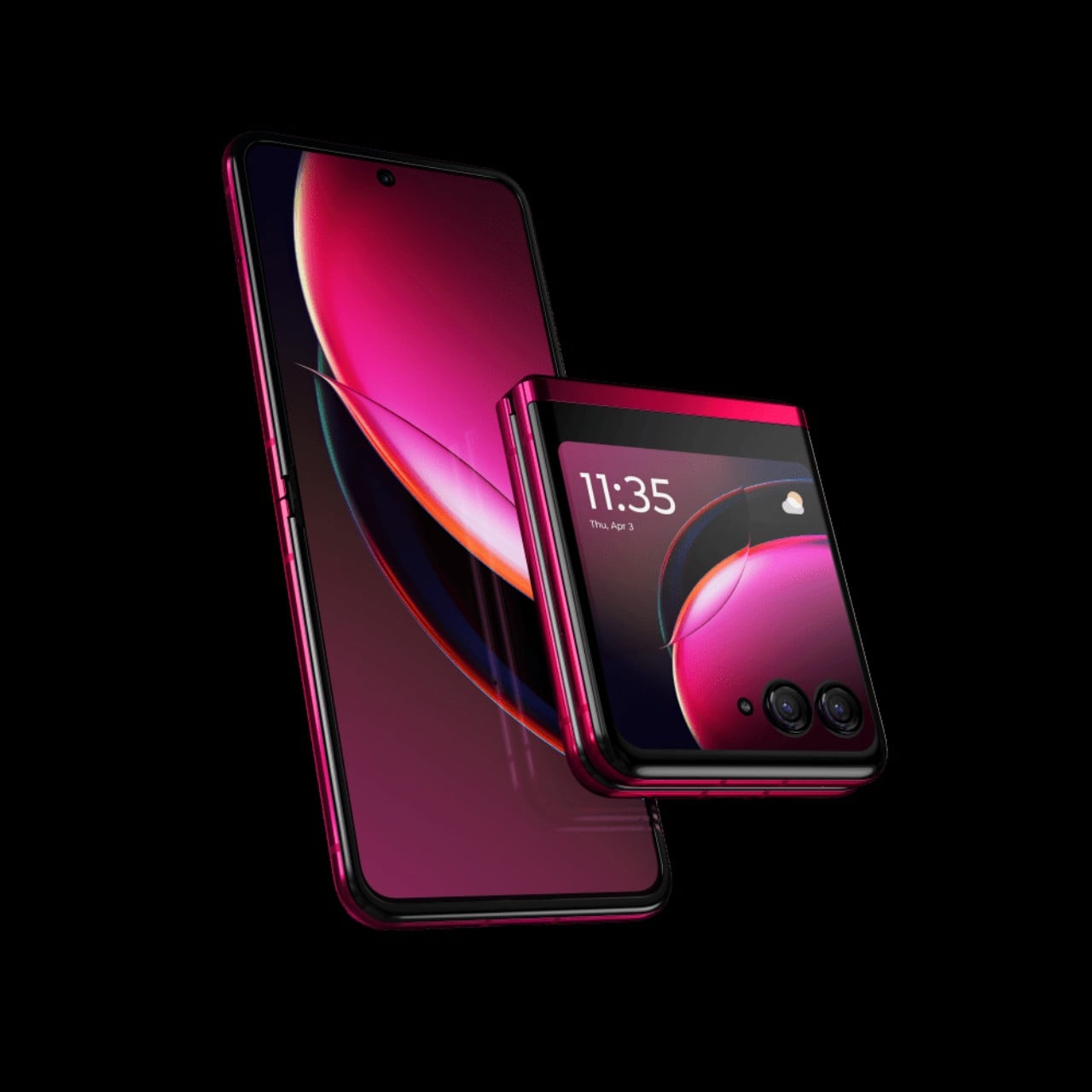
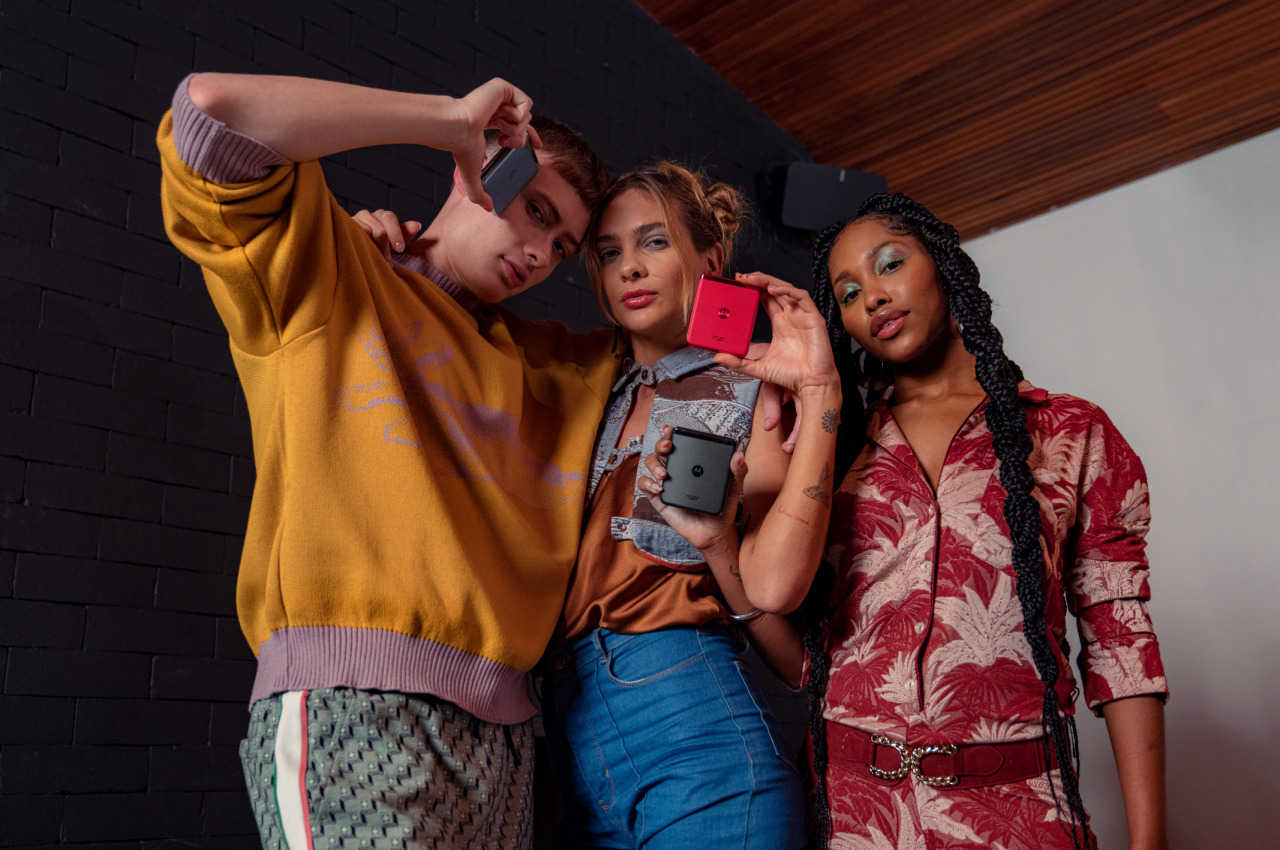
What is the Samsung Galaxy Z Flip 5?
Truth be told, Samsung was left with very few surprises when its Unpacked event finally came around. Most of the specs of the Galaxy Z Flip 5 and its larger sibling, the Galaxy Z Fold 5, have already been leaked to death, and the official announcement only served as confirmation. Yes, Samsung’s foldable clamshell does have a much larger Cover Screen, now called Flex Window, and, yes, it is now using the gapless “teardrop” hinge, officially branded as Flex Hinge. And, yes, the cameras have not been upgraded, at least the two on the outside.
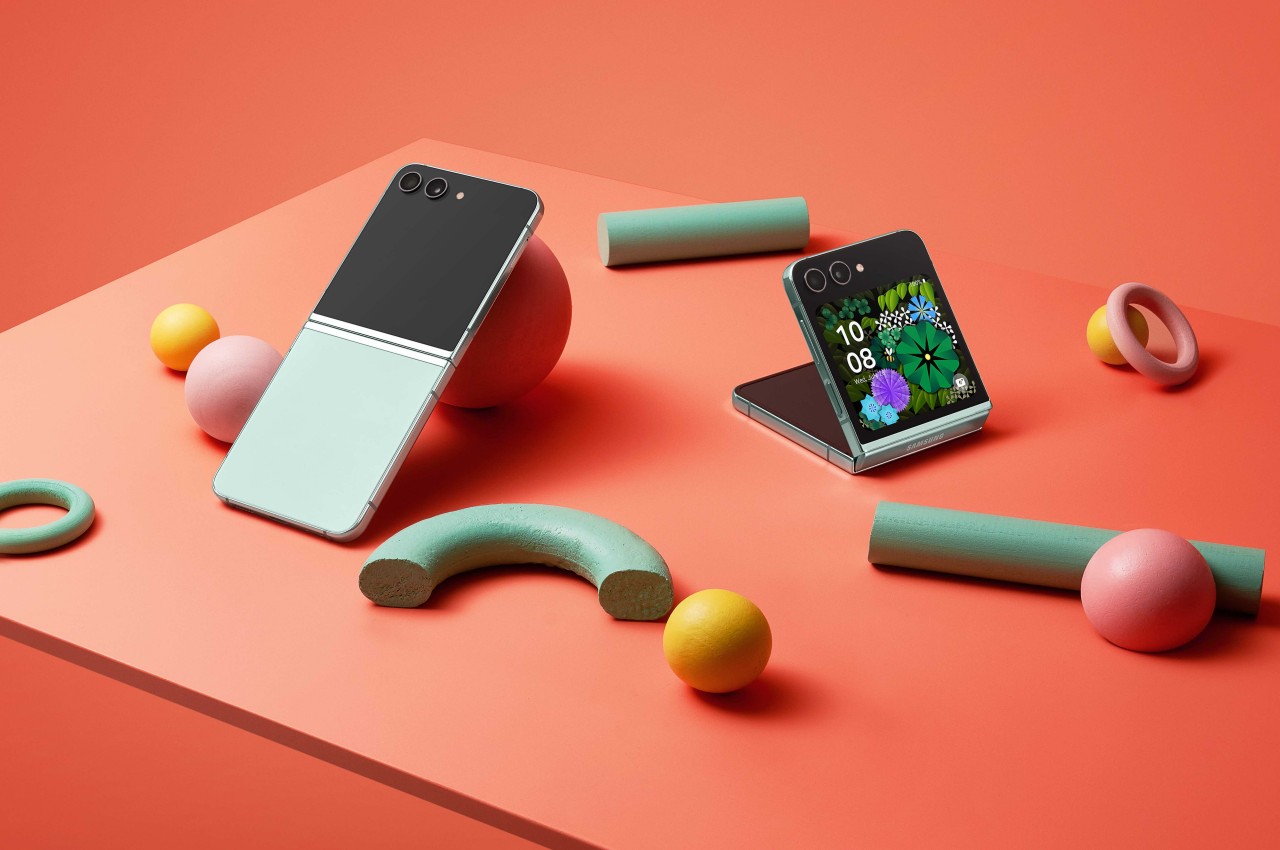
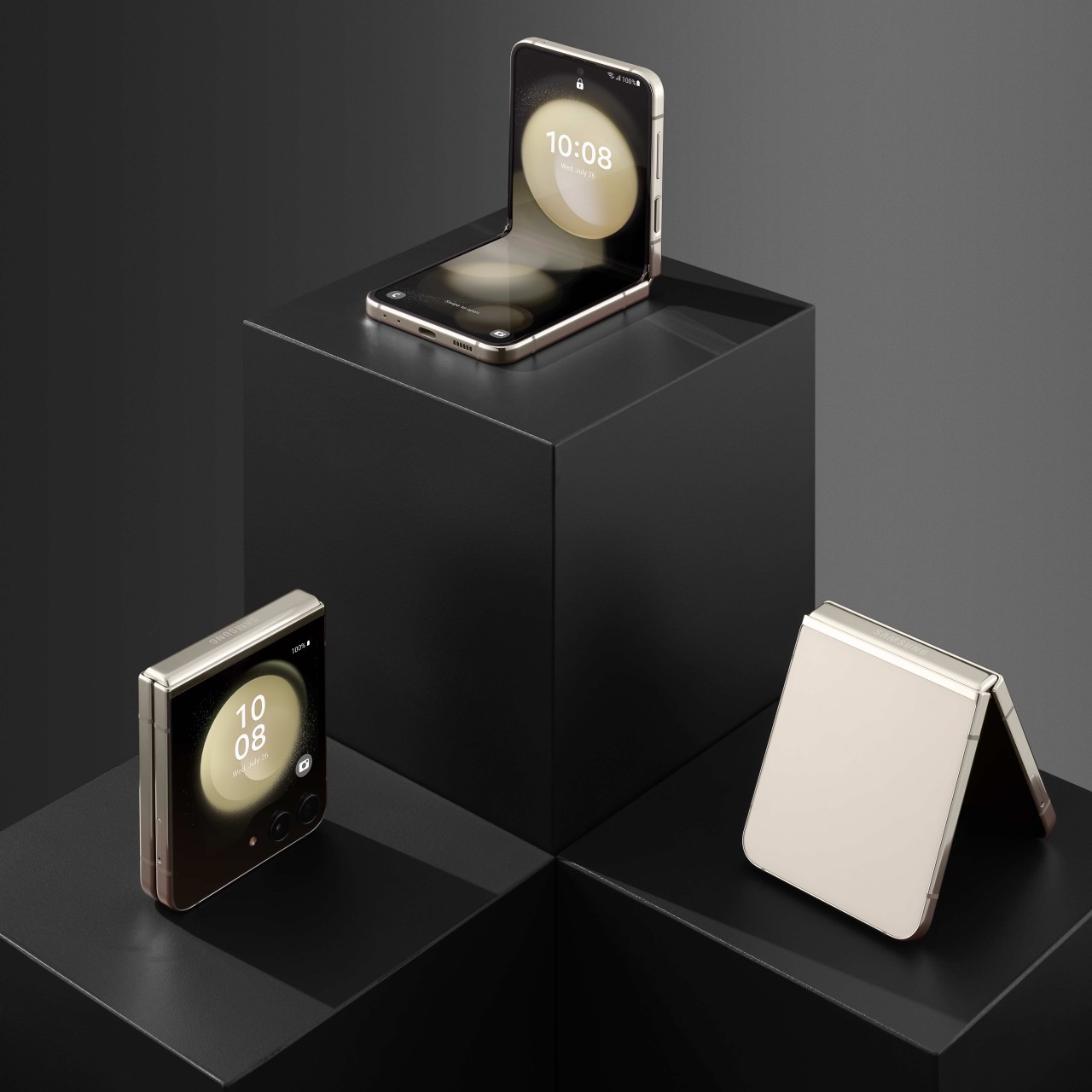
Of course, the devil is in the details, especially in the way that Samsung is taking advantage of the oddly-shaped external display. The Galaxy Z Flip 5 is also more than just the sum of its hardware parts and it promises a very different experience from the Motorola Razr+, especially for its more youthful customers.
Flip or Razor?
From a cursory look, the Motorola Razr+ (2023) and the Samsung Galaxy Z Flip 5 seem almost too similar, with just a few differences here and there. It’s not an unfair comparison, but there is definitely a lot more than meets the eye. Here are some of the finer details of how the two stand head-to-head.
Specs
Right off the bat, the Motorola Razr+ (2023) loses for running last year’s silicon, the Snapdragon 8 Gen 1, versus the latest and greatest Gen 2 mobile processor. In practice, the two aren’t really worlds apart, so most people might not be able to tell the difference anyway. It just means that the Galaxy Z Flip 5 is a bit more future-proof than its Razr counterpart. Speaking of future-proofing, both do come with 8GB of RAM and 256GB of internal storage, but Samsung offers a 512GB storage option, albeit at added cost (after pre-orders). These days, storage size is extremely important because you can no longer expand that capacity with microSD cards, so at least having that option goes in Samsung’s favor.
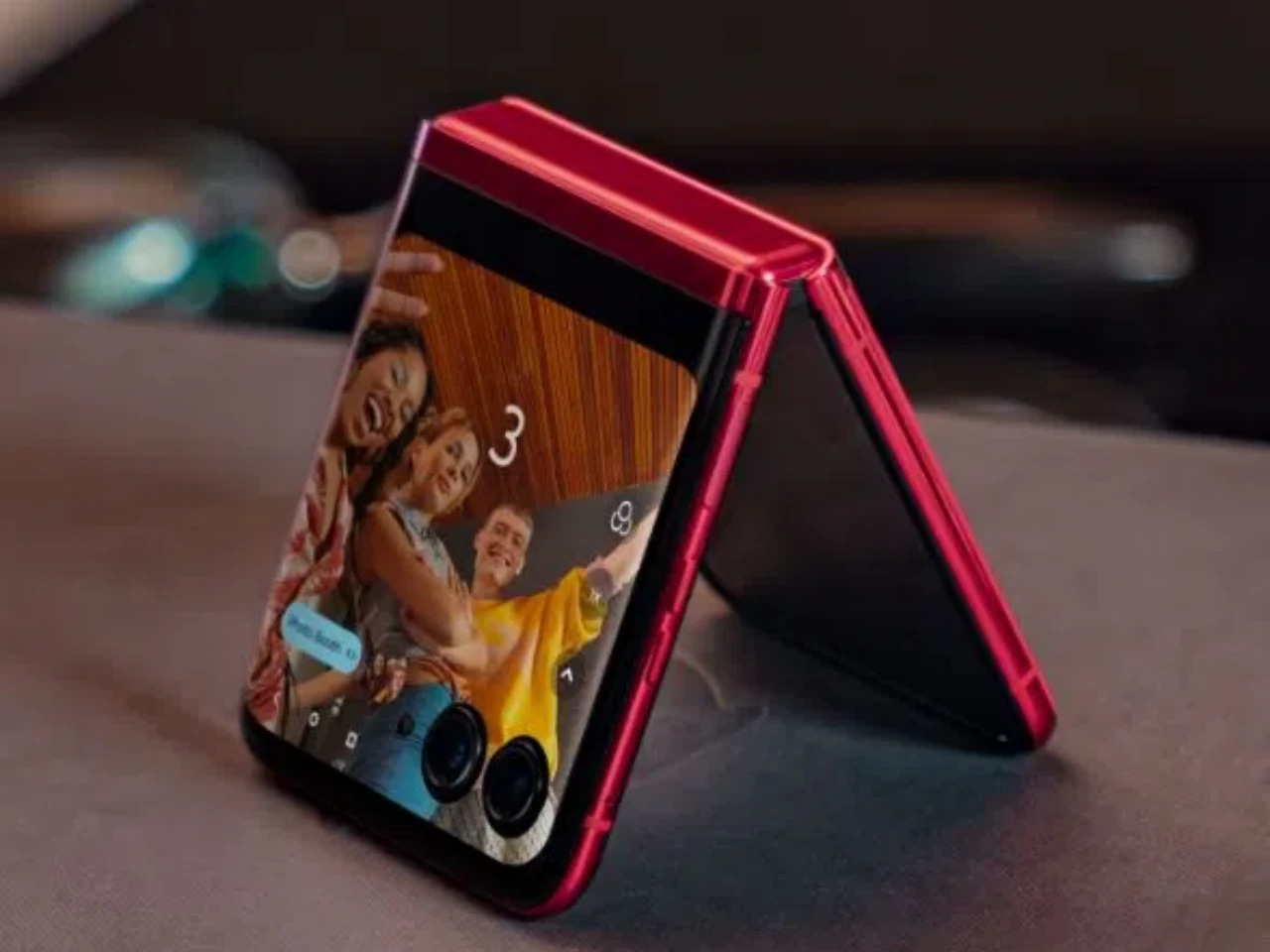
The Galaxy Z Flip 5, however, has a slightly smaller 3,700mAh battery than the Motorola Razr+ with its 3,800mAh pack. Considering Samsung is running more powerful hardware and more complex software, you’d think it would want more capacity as well. Making matters a bit worse is that it charges slower at 25W compared to Motorola’s 30W. It’s not a lot, but every bit counts when it comes to battery life and charging speed.
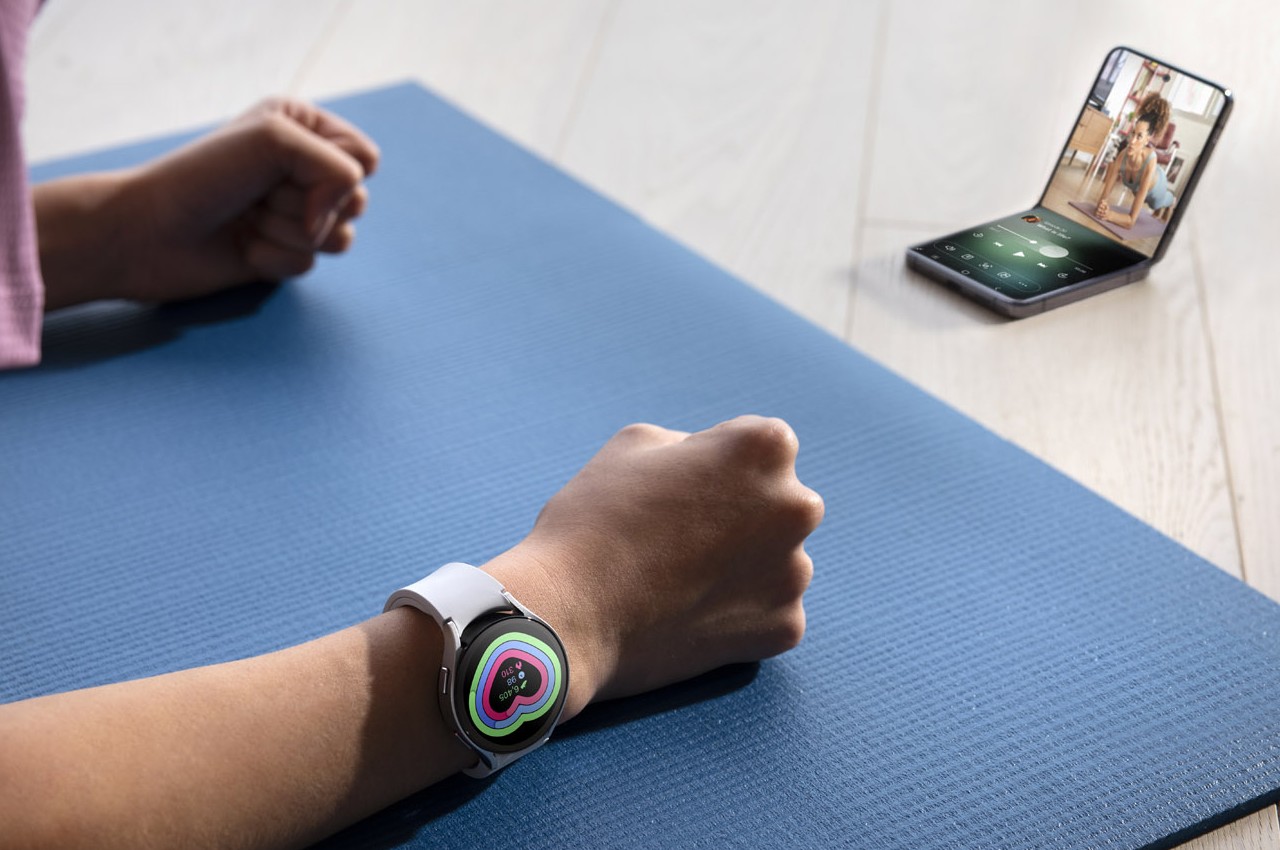
Design
Both of these “flip phones” have slightly similar “base” designs, especially now that the Galaxy Z Flip 5 can close flat without any visible gap. They both look stylish, though Samsung seems to prefer softer pastel colors over Motorola’s sharper hues. The Motorola Razr has a classier bent, but both can look elegant, depending on your tastes. But while both companies seem to be trying to woo the young and young at heart, Samsung might have the upper hand when it comes to appealing to their aesthetic tastes and inclinations.
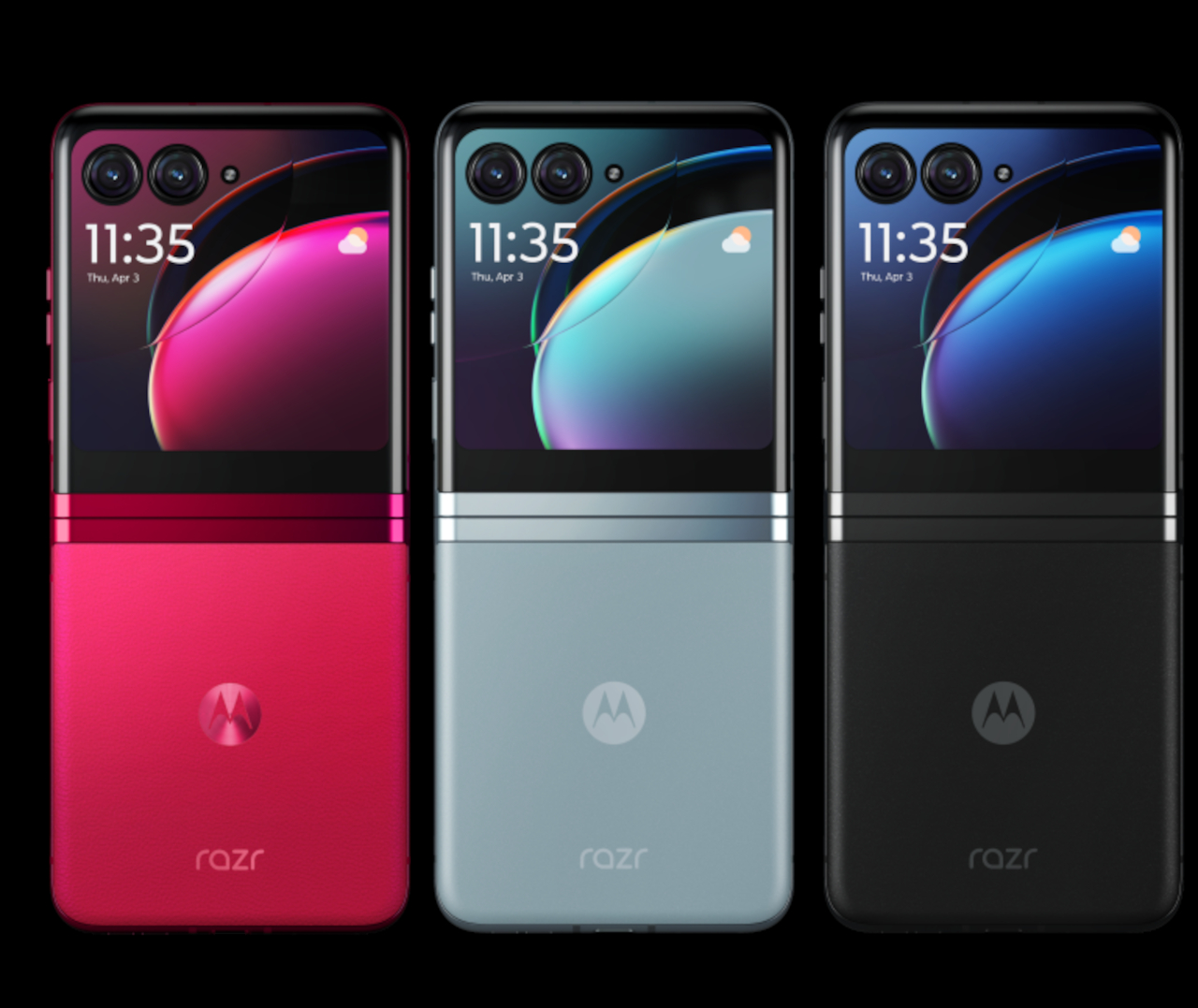

That’s largely thanks to the Flipsuit cases that Samsung has designed for this particular generation of its small foldable phone. At face value, the concept is nothing remarkable, just a bumper for the upper half of the phone and a clear case for the lower half. The ingenuity comes in the form of NFC-enabled “interactive cards” that you can sandwich between the phone and the clear case which would set a special wallpaper or lock screen on the Flex Window (formerly Cover Display) to match the design of the card.
Definitely a gimmicky feature, but one that opens the doors to many brand partnerships, especially those favored by consumers. Imagine all sorts of collectibles and tie-ins, allowing brands to provide a whole theme package that lets owners easily switch just by swapping NFC cards. It might be a cheaper alternative to producing a complete case for both halves, though the Flipsuit system definitely leaves room for that design. It’s a potential gold mine for marketing, especially considering Samsung’s brand clout.
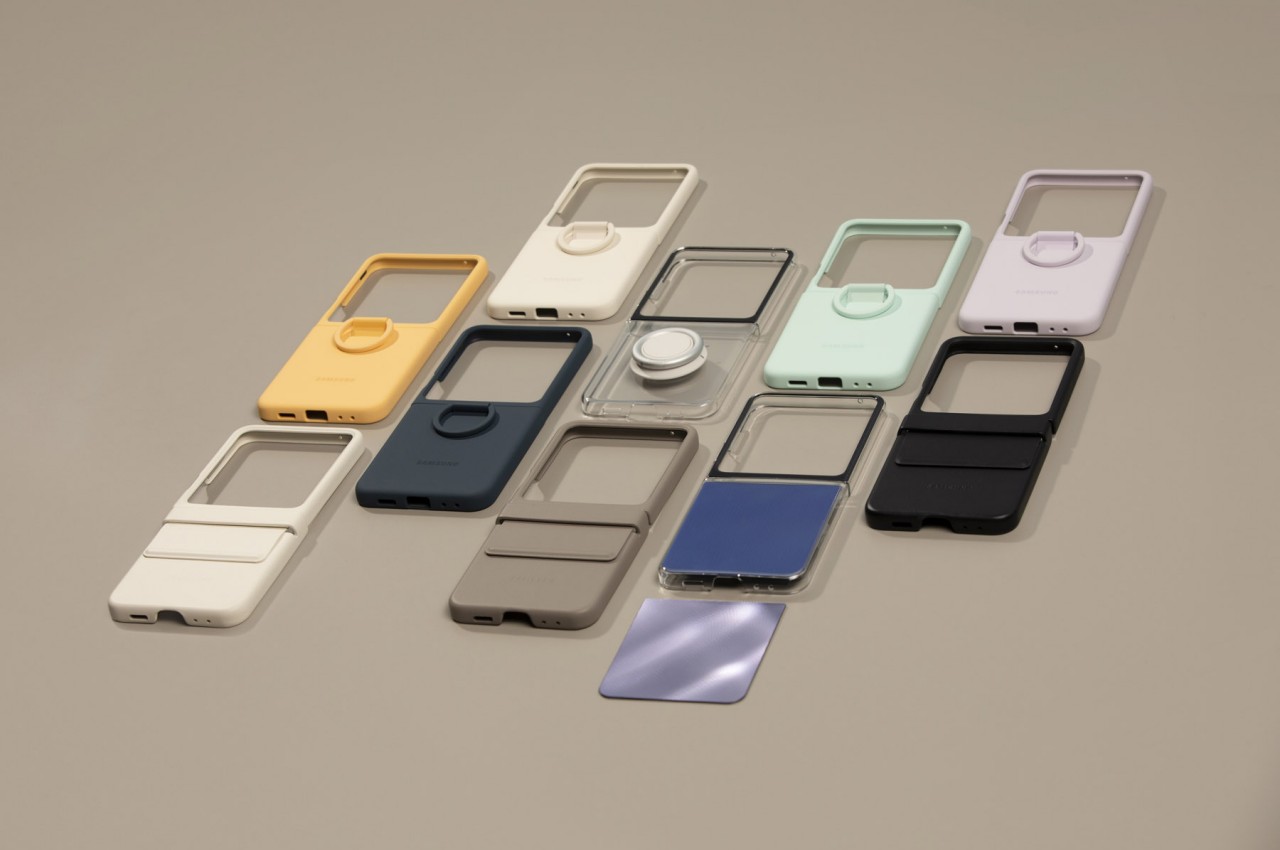

Cover Display
The biggest “innovation” that these two foldable phones have is their larger external display, but the two brands clearly have different plans in mind. With the Motorola Razr+, its External Screen is simply just a larger version of its predecessors. It has the exact same capabilities, which means you can still run any regular Android app on a now larger display. The catch, however, is that screen wraps around the cameras, so any part of the app’s interface covered by those will be unreachable. Of course, you could do the old notch trick to push the display up, but that leaves wasted space that has little practical use anyway.
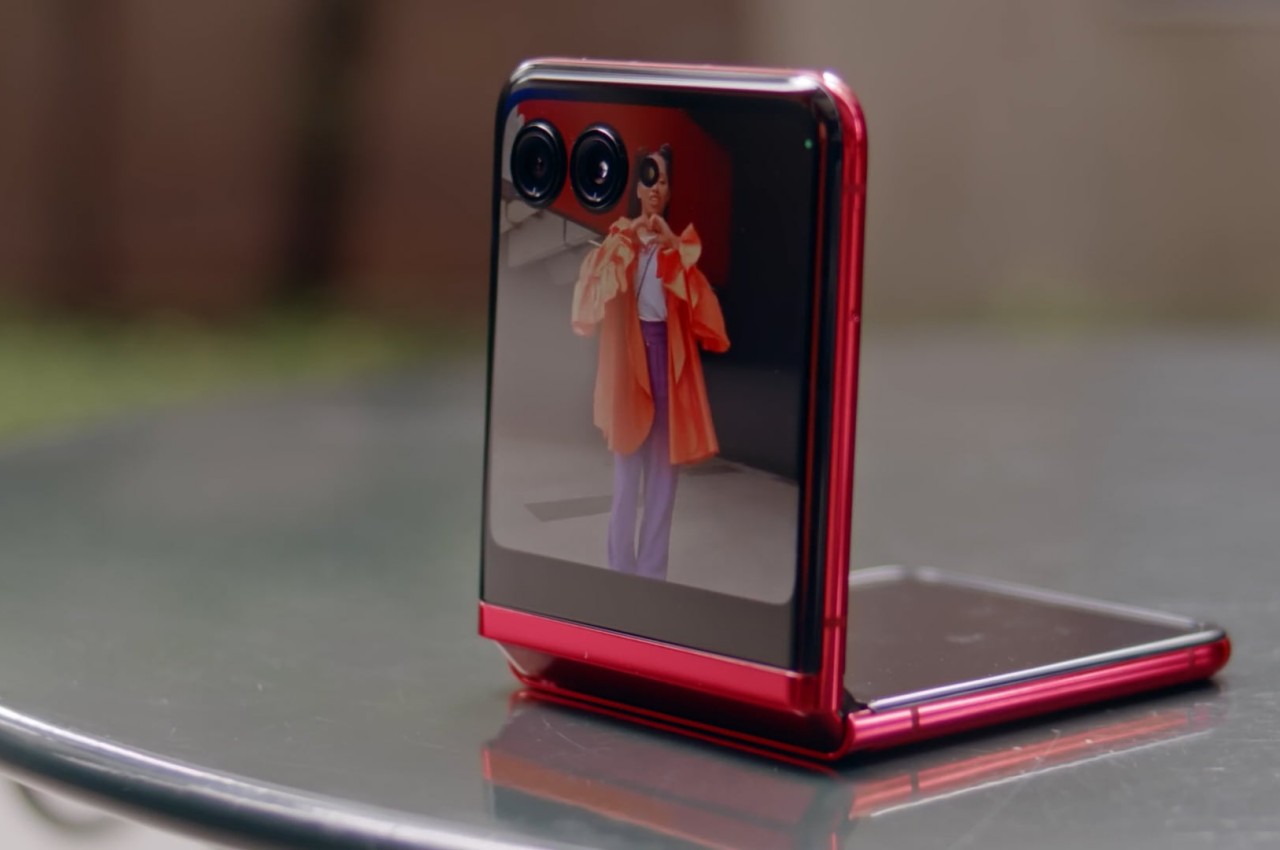
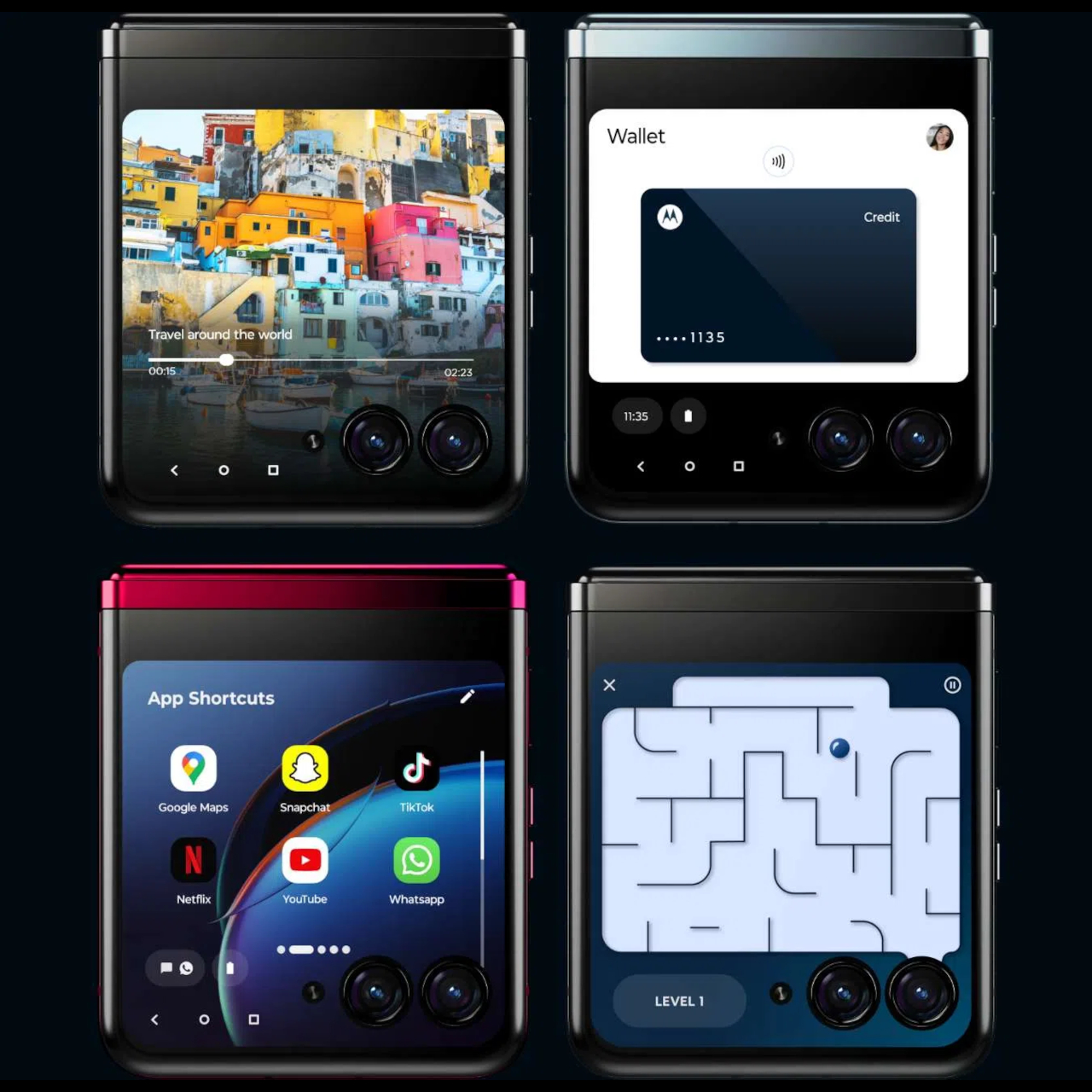
In contrast, the Galaxy Z Flip 5 features an actual cutout, creating a shape that looks like a folder tab. You won’t notice this uneven appearance when the display is off, but it might annoy some people who are particular about those details. The two phones also differ greatly in terms of functionality, with Samsung limiting the Flex Window to a selection of “widgets” ranging from a music player to messaging to Google Finance. This allows Samsung to create a more fine-tuned experience but also limits the usefulness of such a large screen. There is word that an extension from Samsung’s “Good Lock” suite of utilities will make it possible to run regular Android apps, but that collection isn’t available in all markets yet.
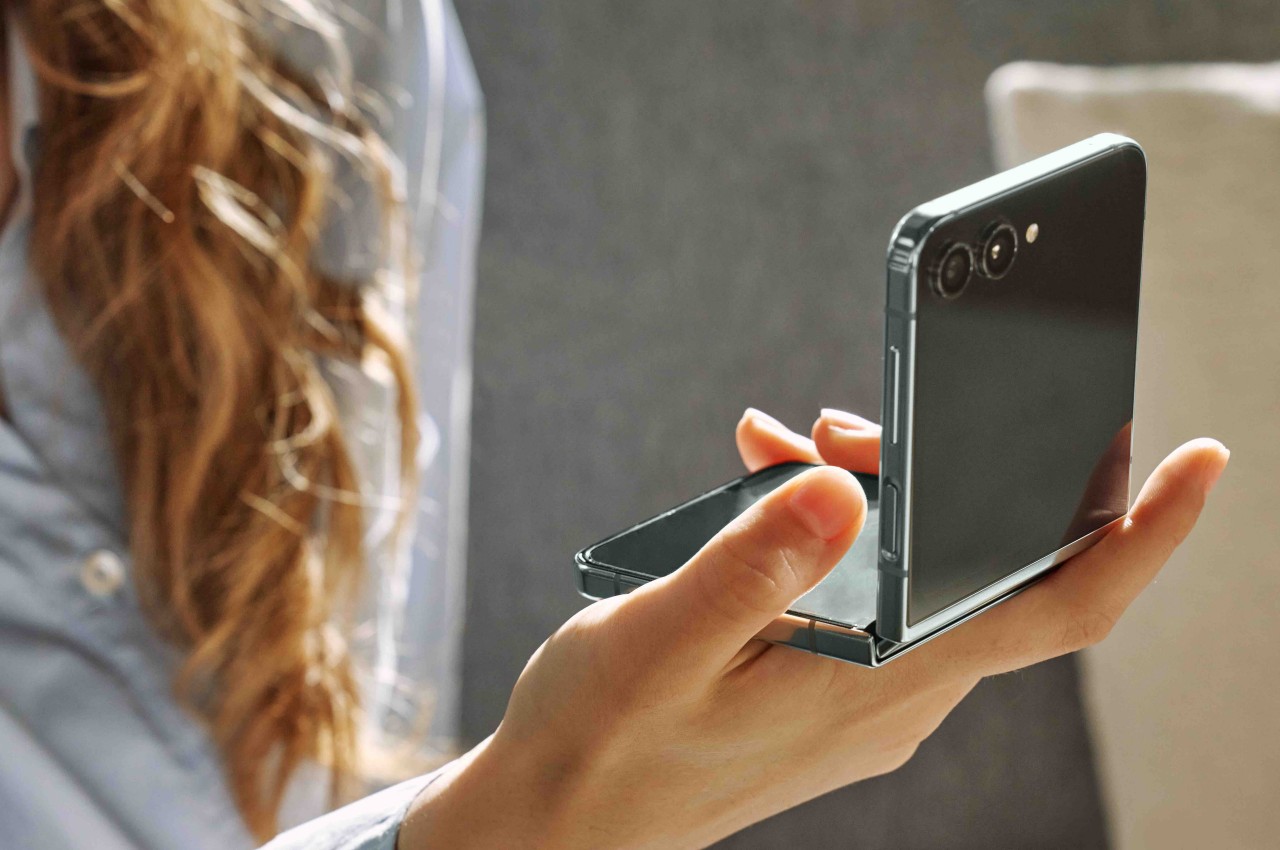
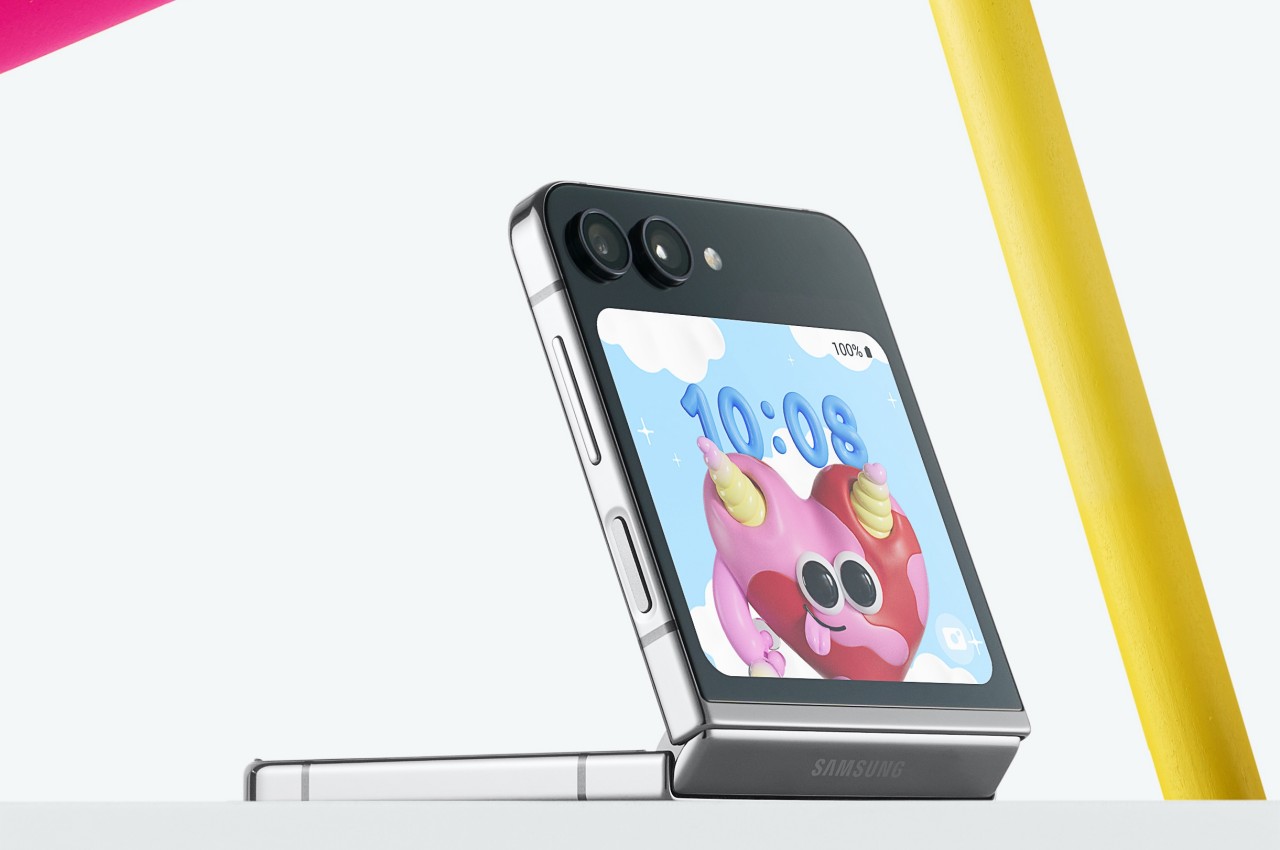
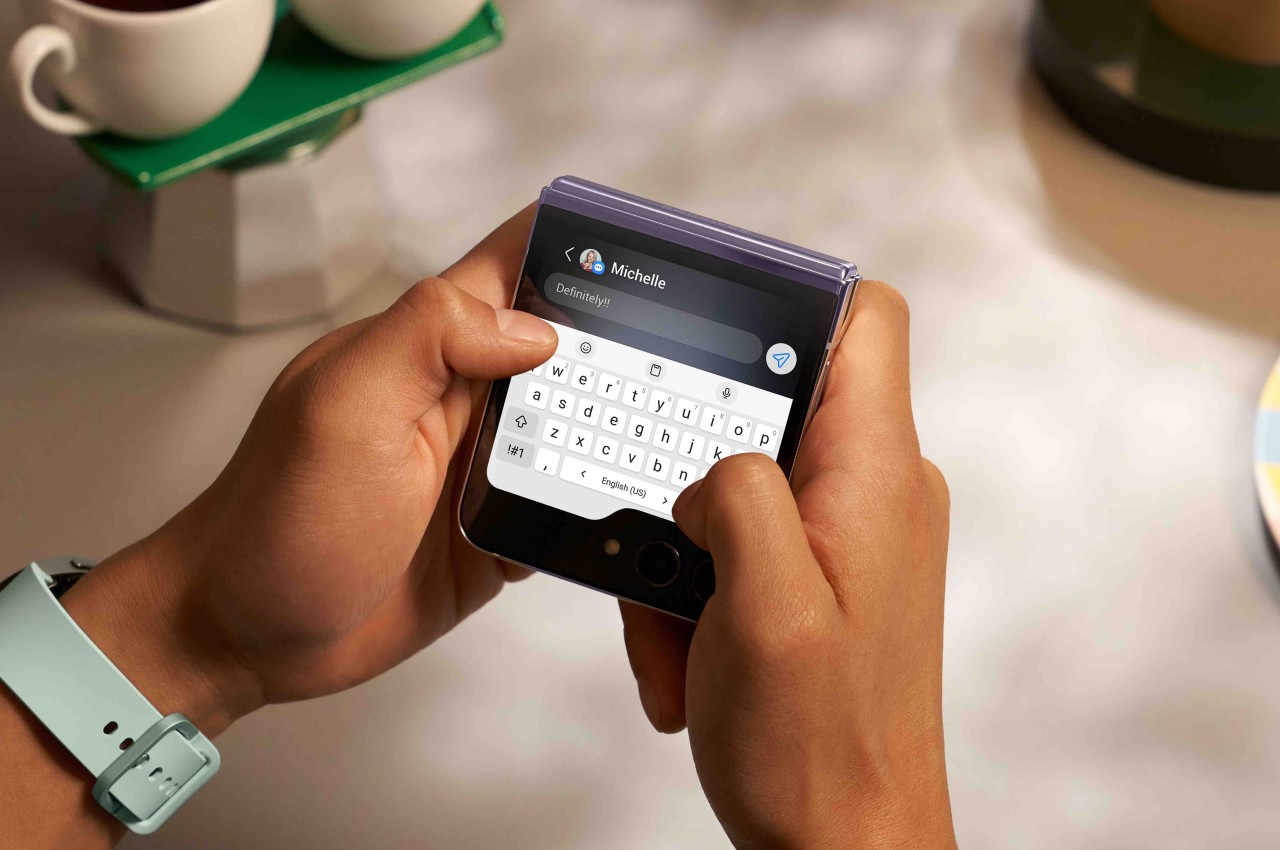
Durability & Sustainability
One of the biggest concerns people have over foldable phones is their durability or rather their fragility. Moving parts like a hinge increase risk factors like dust and liquid ingress, and a soft touch screen that could be scratched by fine particles also add to their fears. That’s why manufacturers have been trying to calm those worries with promises of increased resilience and reliability, and this is where Samsung and Motorola diverge paths once more.
The Motorola Razr+ (2023) has an IP52 rating, which means it has quite a lot of dust protection but can only withstand light sprays of water. In contrast, the Samsung Galaxy Z Flip 5 is IPX8 rated, so it will survive a dunk in a pool but all bets are off when it comes to dust and sand. The two devices both promise protection but place importance on different things, so consumers will be left to decide on their priorities.
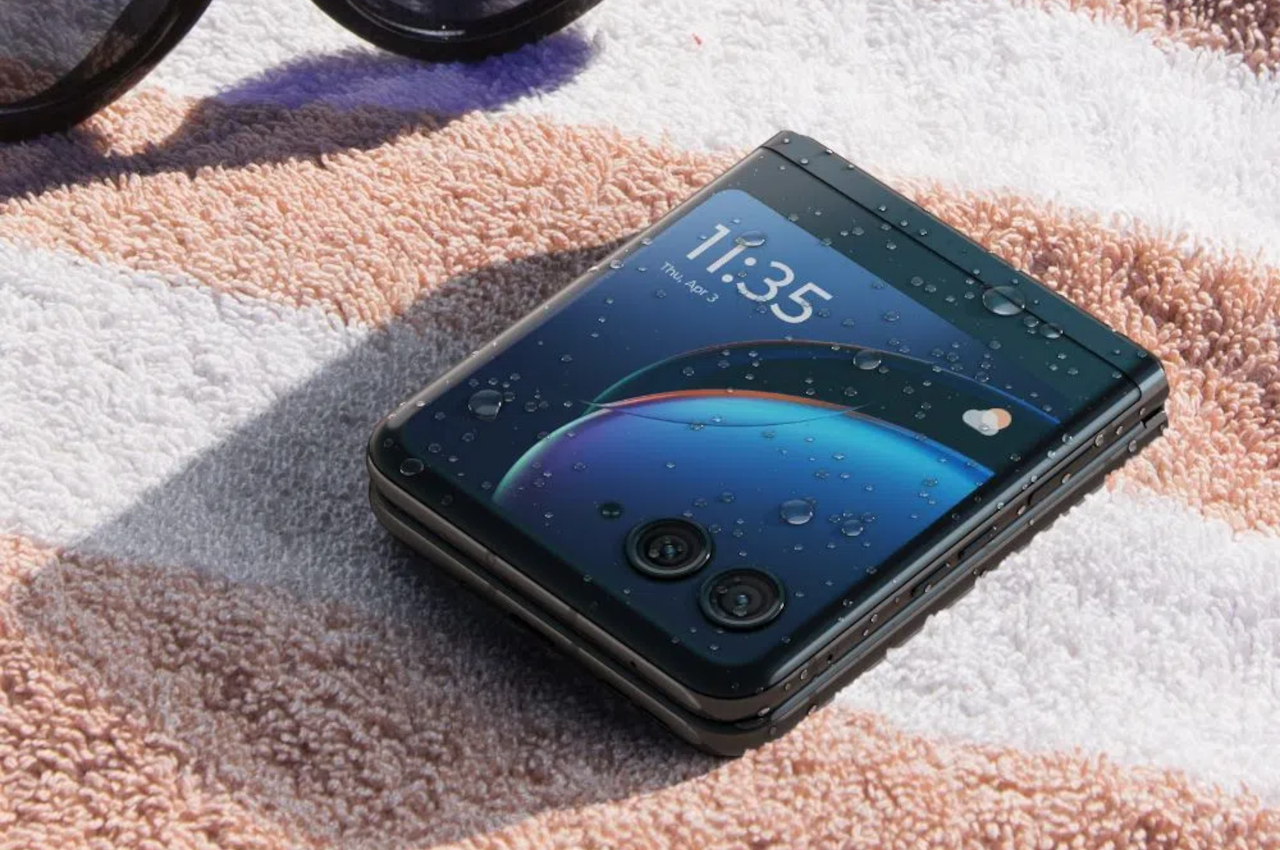
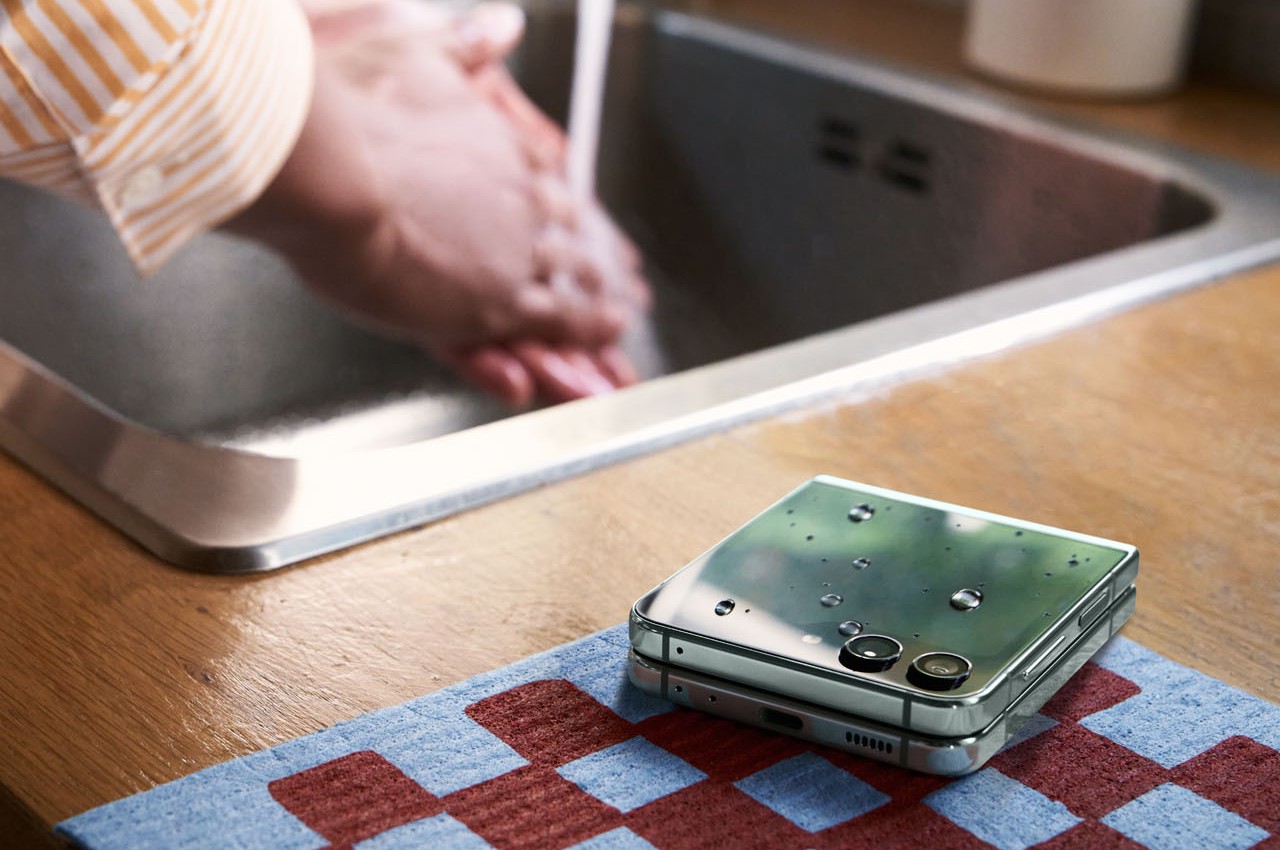
Samsung has been playing the sustainability game far longer than any other manufacturer, and it definitely has a wide lead over Motorola in this race. The Galaxy Z Flip 5 steps up the game with increased use of recycled plastic, glass, and aluminum, in addition to more eco-friendly packaging. Motorola does have some sustainability commitments, but it hasn’t had much visibility as Samsung.
Other Features
Beyond these major points, there are also a few smaller details where the two flipping clamshells differ. The Motorola Razr+, for example, has a bigger 32MP selfie camera, while the Galaxy Z Flip 5 remains very conservative with only a 10MP shooter. Despite being at the forefront of providing a “desktop mode” experience, the Galaxy Z Flip 5 curiously doesn’t support Samsung DeX. Surprisingly, Motorola’s oddly-named “Ready For” is available on its latest foldable.
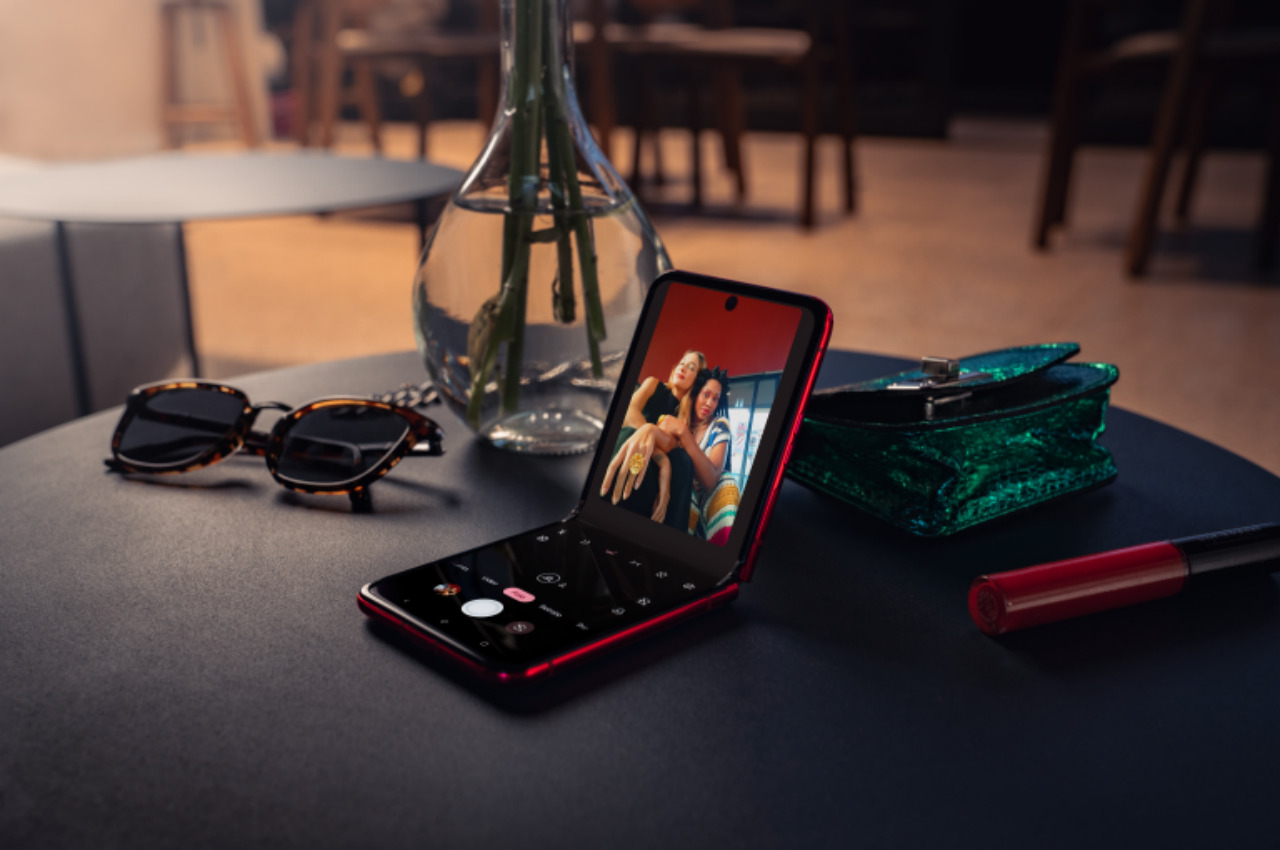

Both phones currently run Android 13, with promises of an Android 14 update once that’s out. Samsung, however, is guaranteeing one year more than Motorola when it comes to both major and security updates, and now has a better track record of actually making that happen. Samsung’s One UI might be “heavier” in customizations compared to Motorola’s Android skin, but it is better and longer supported, which means you won’t have to worry about software updates for at most four to five years.
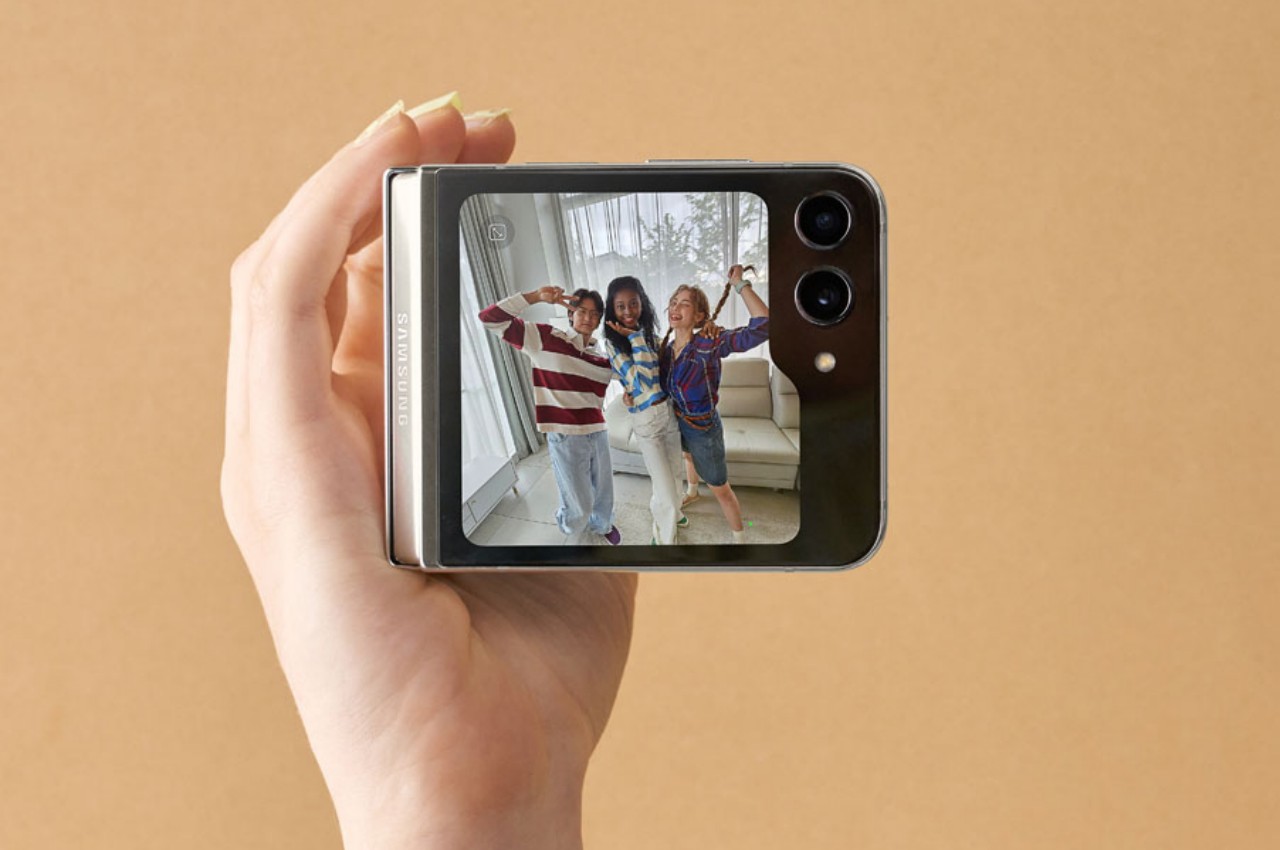
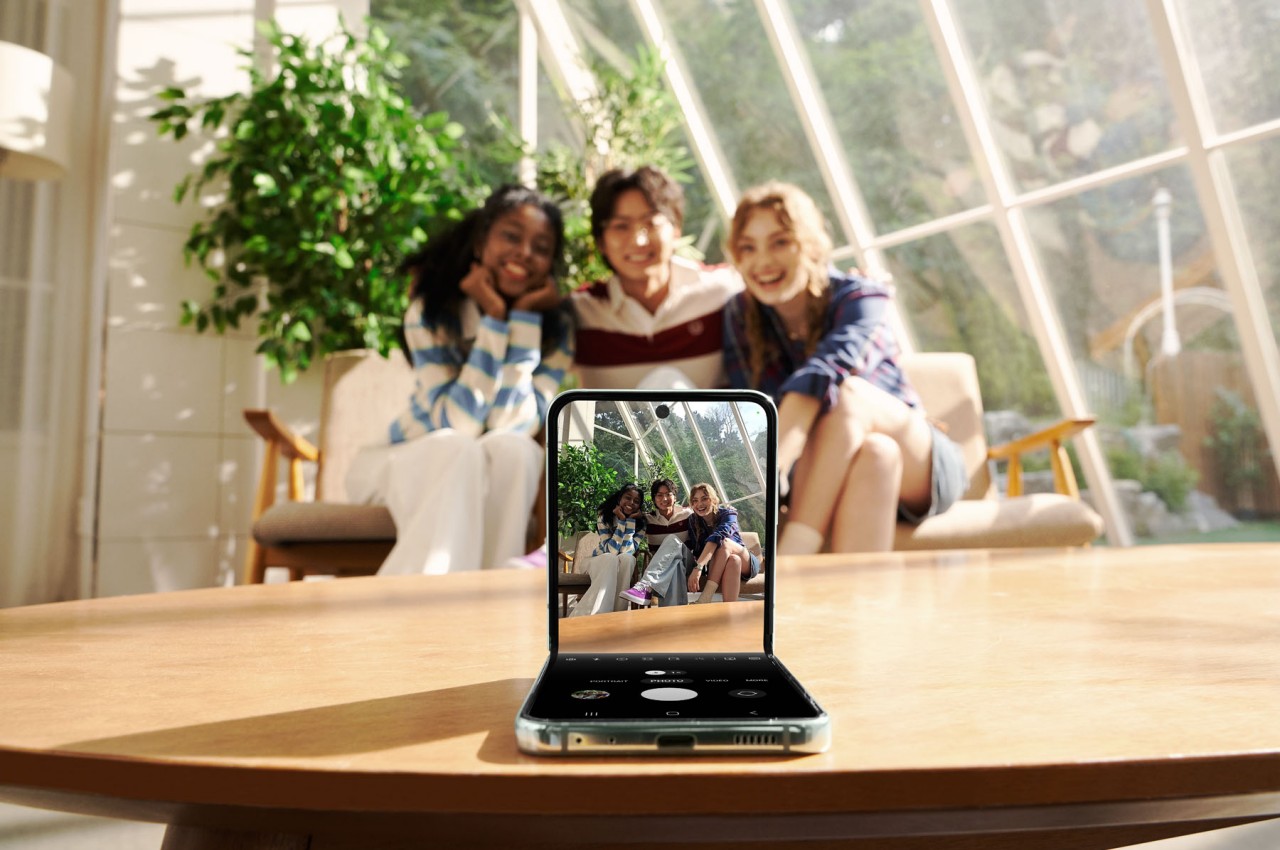
Price & Availability
Another reason for people hesitating to even consider foldable phones is their prohibitively high price tags. Thanks to their smaller sizes and less complex designs, however, foldable clamshells like these two can push their prices a bit down to more palatable levels. In fact, both the Motorola Razr+ (2023) and the Galaxy Z Flip 5 retail for $1,000, though the latter has a 512GB model that will go for $1,120 once the pre-order phase ends. At the moment, Samsung’s special promo sells that 512GB model for the same $999 price, significantly undercutting Motorola.
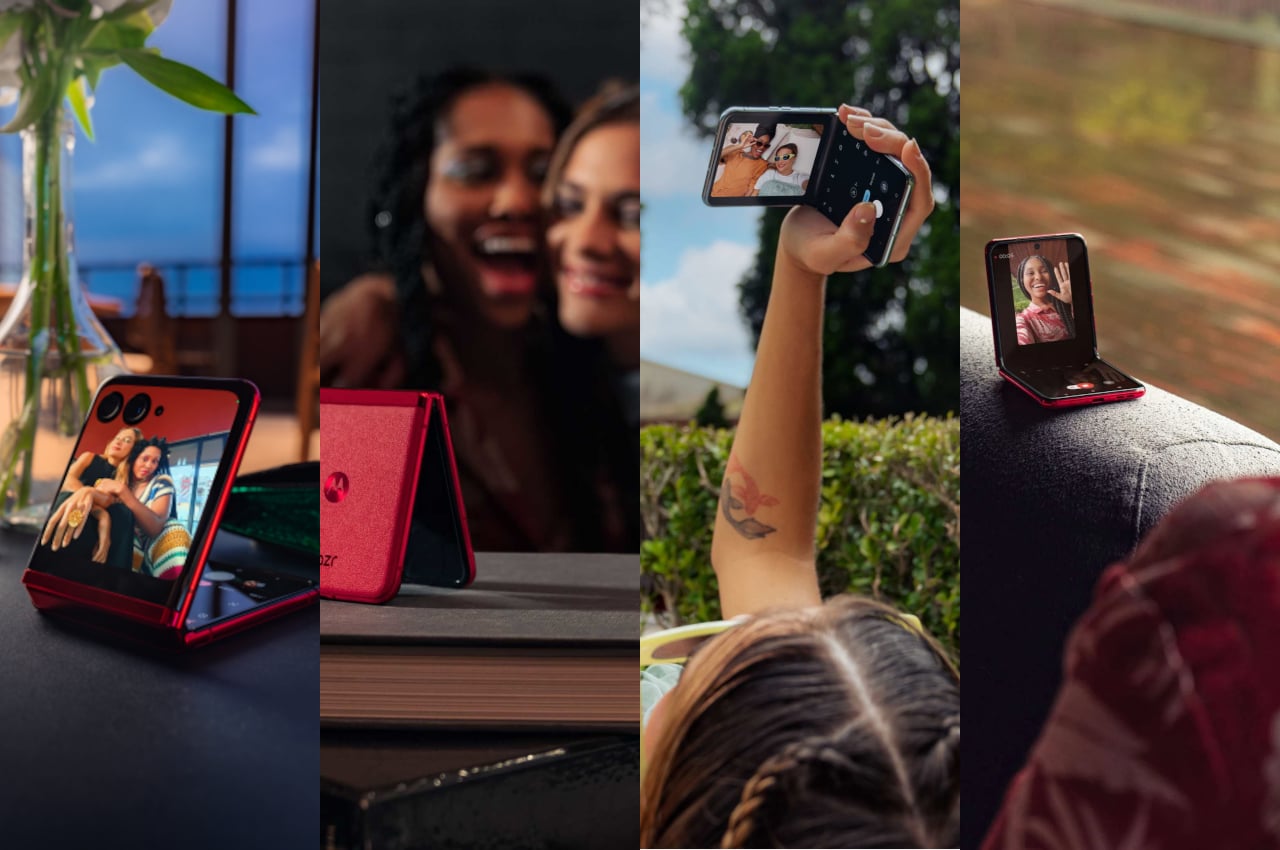
In terms of availability, both phones can be purchased easily either unlocked or with carriers, at least in the US. In other markets, however, Motorola has a more limited reach, so it might be a “no contest” against Samsung anyway. Samsung also has more retail partners and service providers, making it easier to find support for the phone should it meet an unfavorable fate.
Final Thoughts
For a brief moment, it seemed that Motorola finally won the crowd, at least as far as foldable clamshells are concerned. But although there are points that go in its favor, the overall package and experience seem to tip the scales in Samsung’s favor. In terms of specs alone, you would be getting a bit more for the same price, making the Galaxy Z Flip 5 a more worthwhile and future-proof investment over the Motorola Razr+ (2023). Samsung’s small foldable is far from perfect, but it checks most of the right boxes, especially when it comes to presenting a more reliable device.
But smartphones have long gone past being just pieces of tech. They pretty much have become lifestyle choices, and Samsung is in the position to really play up that aspect. With customizable, fun designs and features that appeal to younger generations, Samsung is establishing the Galaxy Z Flip 5 as the hip choice of today’s social media-centric society, and it’s a strategy that might just work in its favor.

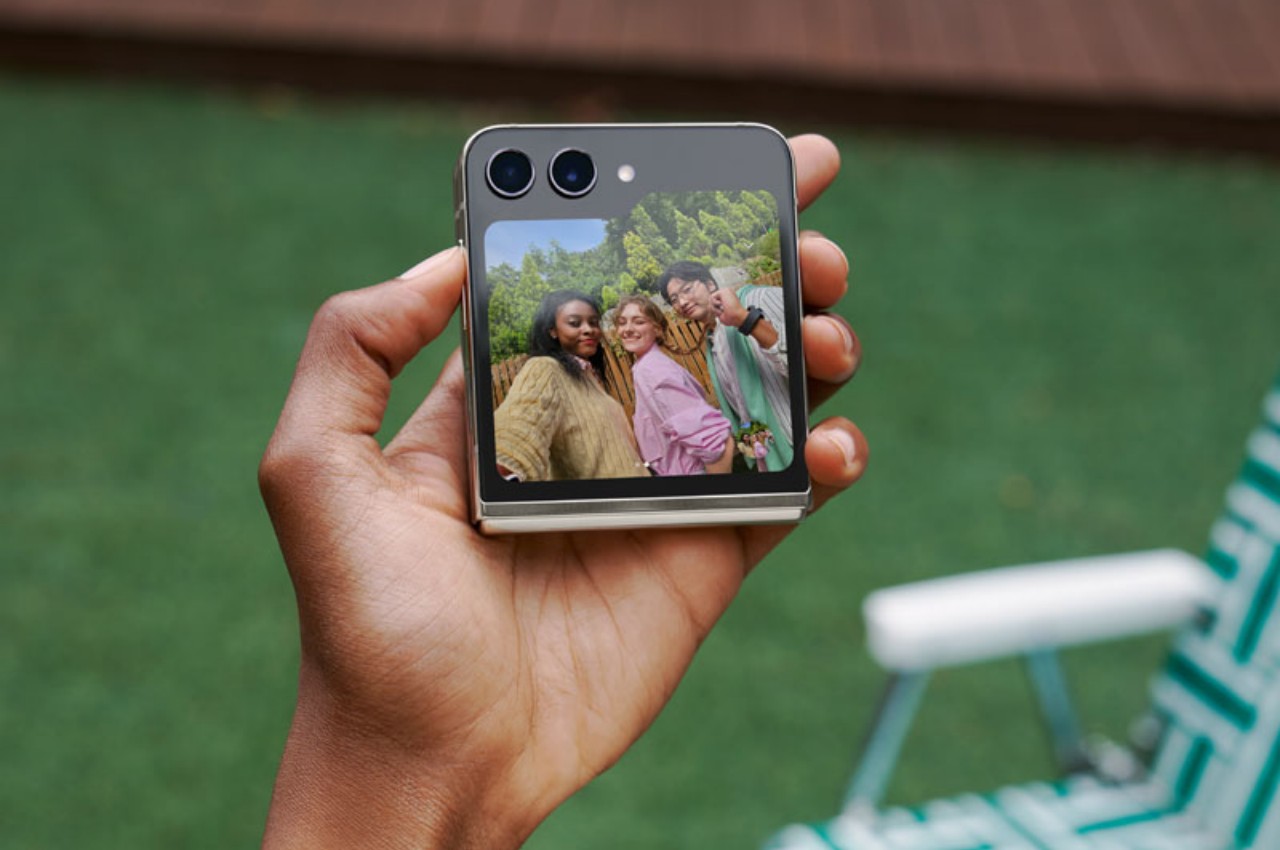

The post Samsung Galaxy Z Flip 5 vs Motorola Razr+ (2023): Which Foldable Clamshell to Get first appeared on Yanko Design.
No comments:
Post a Comment